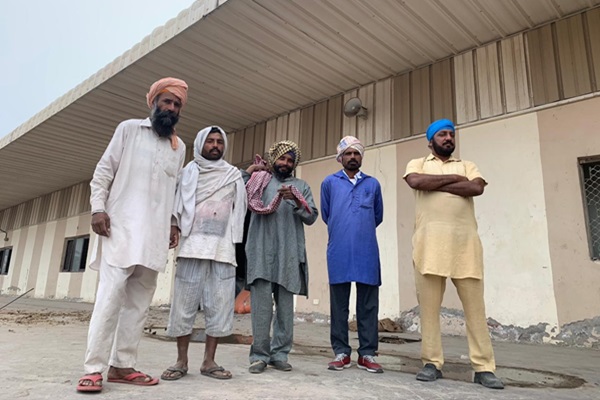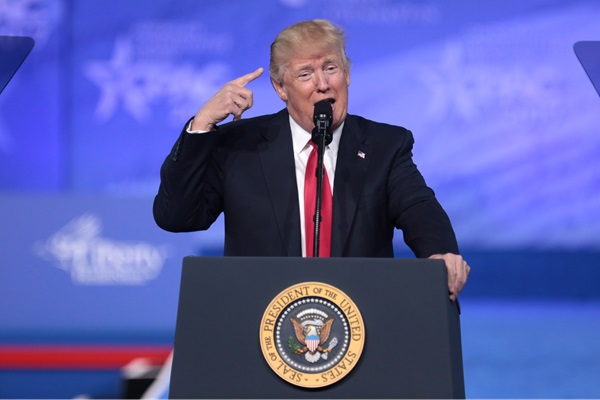.png)
LAF, SDF, MSF - Gupta’s Learning Curve Begins With ABCs Of WACR Vs SORR
The new RBI deputy governor takes charge amid a fluid framework and the push to convert surplus liquidity into transmission. It is more than the alphabet soup of acronyms that confronts her.


By BasisPoint Groupthink
Groupthink is the House View of BasisPoint’s in-house columnists.
May 3, 2025 at 4:25 AM IST
Poonam Gupta has taken charge as the Reserve Bank of India’s newest Deputy Governor just as the institution’s policy plumbing was undergoing an active overhaul. This is no ceremonial baton-passing—it is a front-row handover in the midst of a rare and delicate reconstruction of the central bank’s liquidity framework.
Tasked with both designing the policy and executing it in the markets, Gupta faces a steep learning curve at a time of exceptional consequence.
Earlier this month, Governor Sanjay Malhotra sought to delink the accommodative policy stance from liquidity conditions. Yet he also committed to maintaining surplus liquidity of 1% of Net Demand and Time Liabilities—over ₹2 trillion—to accelerate transmission and prod banks into frontloading rate cuts.
That commitment now needs institutional clarity, not just intent.
Operating Dilemma
At the centre of the RBI’s internal review of the liquidity framework lies a deceptively simple question: what should be the operating target of monetary policy?
For nearly a decade, the weighted average call rate served as the overnight benchmark. But with shrinking call market volumes, its effectiveness has come into question.
Meanwhile, the 14-day term repo rate—envisaged by the Urjit Patel Committee as the eventual policy anchor—has yet to gain traction, despite efforts by former Governor Shaktikanta Das and Gupta’s predecessor, Michael Patra, since February 2020.
Now, between these two, a new candidate—the Secured Overnight Rupee Rate—has emerged as a more representative alternative, though it remains in the proposal stage.
This is no minor detail.
An operating target is the nerve centre of transmission.
The repo rate may reflect policy direction, but it is the overnight market rate that conveys immediacy, liquidity stress, and real-world borrowing conditions. The choice will matter.
Gupta may or may not influence that decision so early in her tenure, but she will eventually own it.
Separately, Monetary Policy Committee member Saugata Bhattacharya recently observed that the RBI’s models suggest a neutral repo rate band of 5.1% to 5.7%, implying significant room for cuts.
Yet, rate cuts without precision in the operating target and control over liquidity conditions can get lost in translation.
Durable Framework
The liquidity committee reviewing the framework is already at work, guided by Deputy Governor T. Rabi Sankar. Gupta is now widely expected to immerse herself in its deliberations—not just to familiarise herself with the tools at play, but to help define how they are deployed in alignment with policy stance.
Her dual mandate to design the policy as well as execute it makes this a foundational opportunity. She must help define what constitutes durable liquidity, how much to target, and how to signal that target through a consistent framework.
A pressing aspect is the pressure that round-the-clock banking places on reserve demand. Gupta and the internal group must assess this structural shift in precautionary liquidity that is now demanded by banks.
With the Governor holding the broader line on liquidity–rate separation, Gupta’s job is to ensure the machinery behind that stance is coherent and responsive.
Markets remain uncertain whether VRRRs are still central, or if durable liquidity is being managed proactively or reactively.
The RBI has pumped in over ₹7 trillion in the past five months, with more injection expected through bond purchases and the central bank’s surplus transfer to the government.
Markets may no longer be worried about liquidity. But a clear framework matters more for a long-term view of the RBI’s gameplan, execution capabilities, and for bets on interest rates.
If Gupta succeeds in bringing coherence, she will not only strengthen the RBI’s transmission architecture, but also shield it from miscommunication as India attempts to unlock higher potential growth.
In a system dense with acronyms and long-standing habits, it is institutional clarity that Gupta must ultimately bring to the RBI’s liquidity architecture.
From SDF to MSF, via VRRRs and VRRs, a steep learning curve, and the tyranny of acronyms await her.







